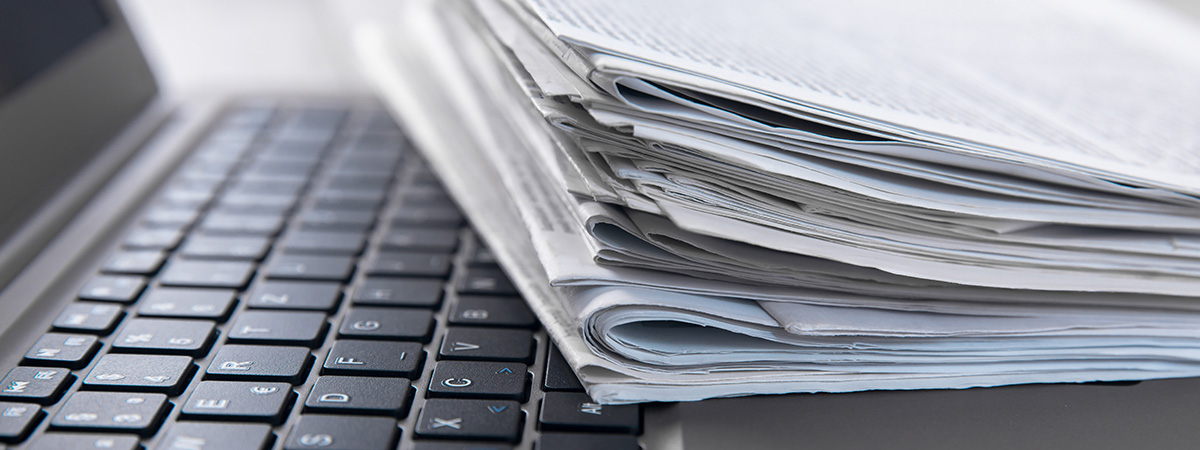Partner platform for technology transfer: Research project aims to identify optimal cooperation partners using patent data
In the research project “Cooperation Competence in Technology Transfer – Identification and Evaluation of Partners based on Patent Information” (KiTIE), coordinated by the INM – Leibniz Institute for New Materials in Saarbrücken, researchers from five institutions across Germany are working together to optimize partner identification in technology transfer. Over the next three years, they aim to develop an IT-based tool that identifies potential cooperation partners based on patent information and patent utilization. The scientists are investigating, among other things, the necessary parameters for successful cooperation and their significance in the search process.


